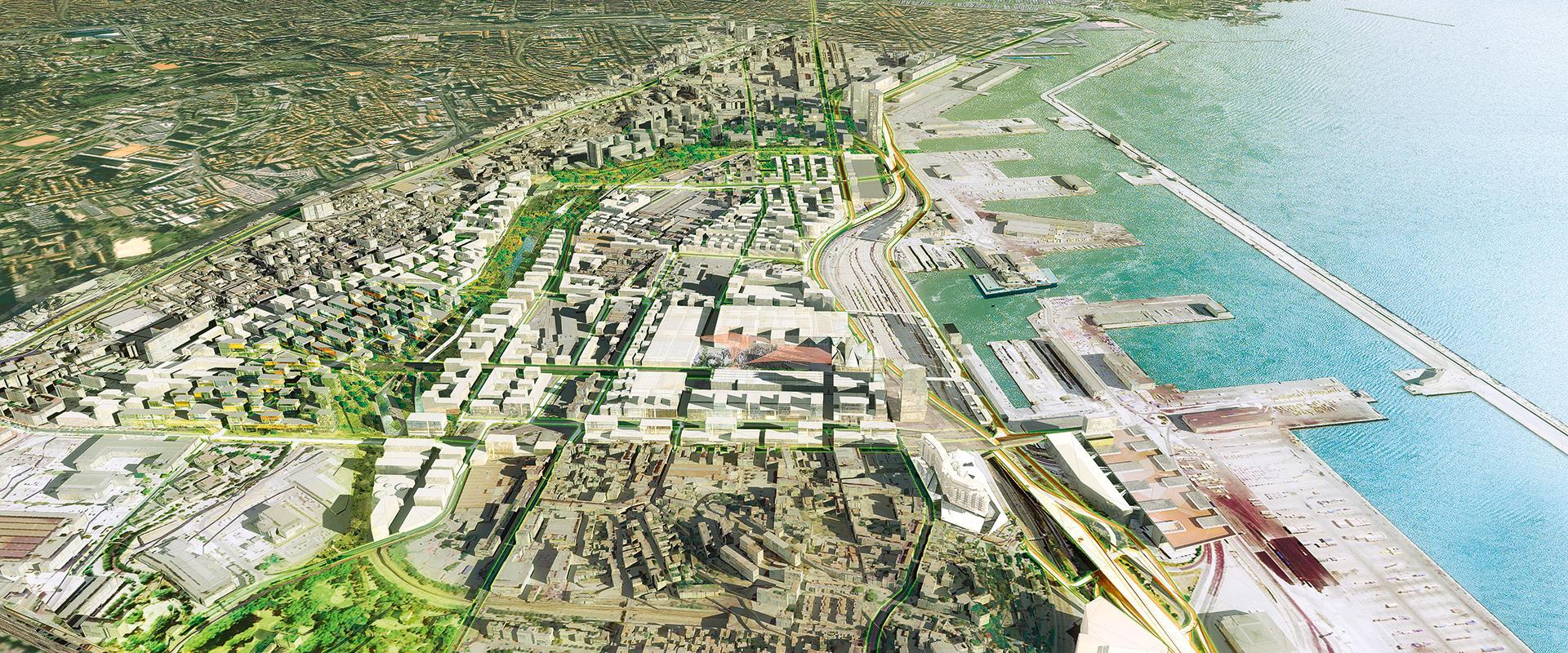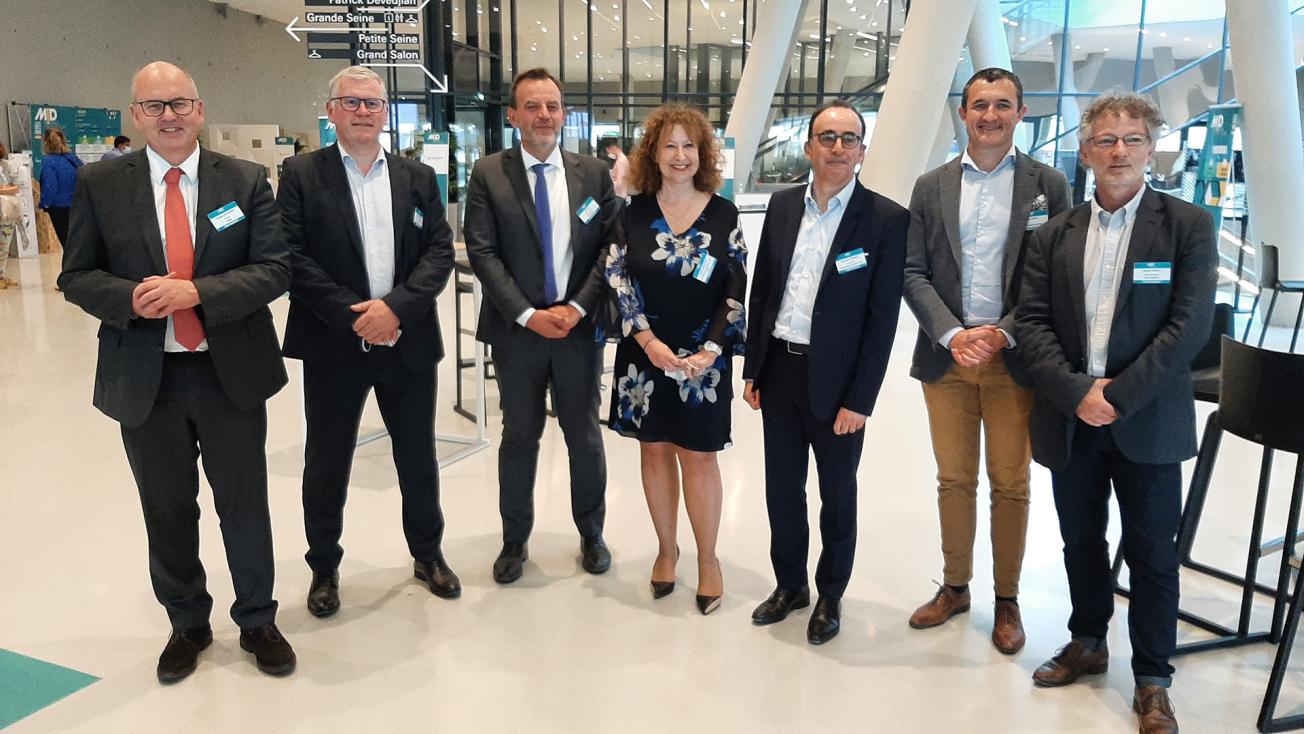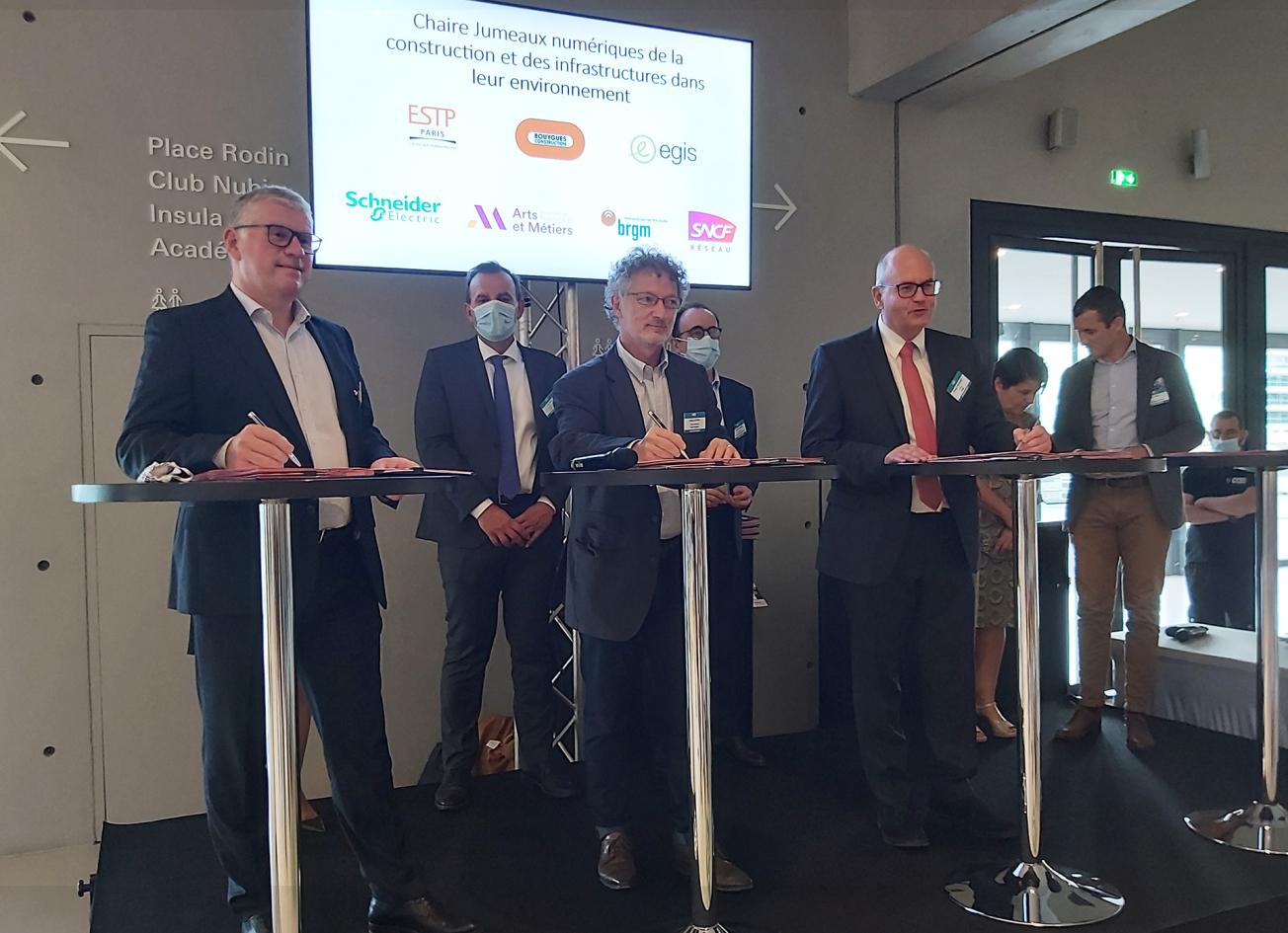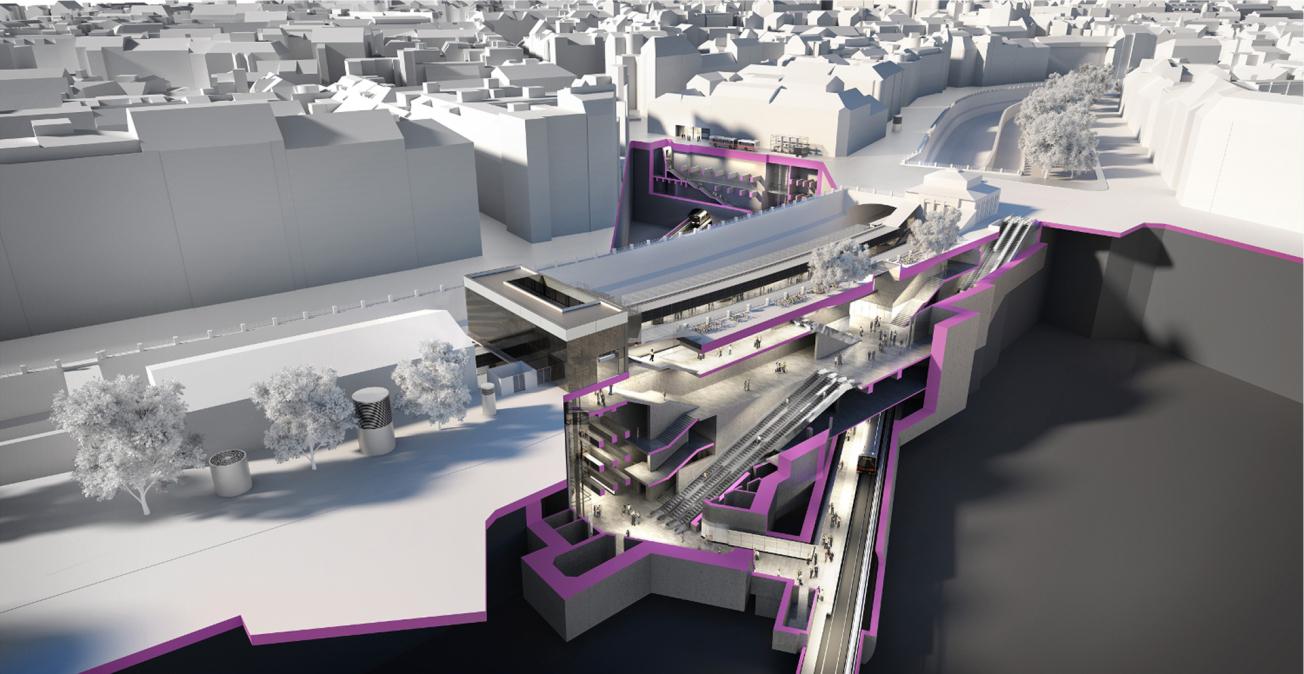
Digital twin of the Vienna underground. The U2 and U4 lines intersecting at the Pilgramgasse station have turned it into a major public transport hub.
© Données de la Ville de Vienne / OLN - Office le Nomade - Mossburger
Creation of a "Digital twins of construction and infrastructure in their environment" Research Chair
ESTP is joining forces with Egis, Bouygues Construction, Schneider Electric, BRGM, SNCF Réseau and Arts et Métiers to form an unprecedented alliance of stakeholders who are among the leaders on their respective markets right across the construction projects value chain and lifecycle of buildings and infrastructure.
Their partnership will not only pave the way for joint progress on subjects at the interface of their respective activities thanks to a shared vision of digital twins, but also provide clarification of the challenges of the digital transition, particularly in terms of research activities, as a means of improving performance in the construction sector and contributing to environmental issues. For the ambition of this Research Chair is to drive forward the sector’s digitization by overcoming critical technological hurdles and unlocking optimization solutions for more sustainable and resilient infrastructure.
The digital twin: a platform of sustainable services for efficient and responsible local areas and buildings
The construction trades must keep pace with the times by optimizing engineering approaches, operational processes and the lifecycle of infrastructure. In response to these new requirements, the digital twin represents a solution for centralizing, organizing and securing a project’s datasets, rallying a project’s stakeholders around a collaborative venture and spearheading the development of services tailored to end users’ needs.
By combining simulation, artificial intelligence and data, it simulates the behavior of projects in a dynamic fashion, reflecting the reality on the ground. In this way, the digital twin allows real-time management of buildings, showcases the interactions between systems and objects and enables optimization of the impact that buildings have on their environment through their construction and operation.
Designed like a platform of sustainable services, this digital model is a genuine decision support tool.
It contributes to the construction sector’s transformation by addressing 4 pressing issues of our time:
- managing and monitoring the decarbonization of the sector and its environment,
- maximizing the performance of buildings with account taken of users’ expectations,
- ensuring the sustainability of constructions,
- rolling out lasting improvements across cities.
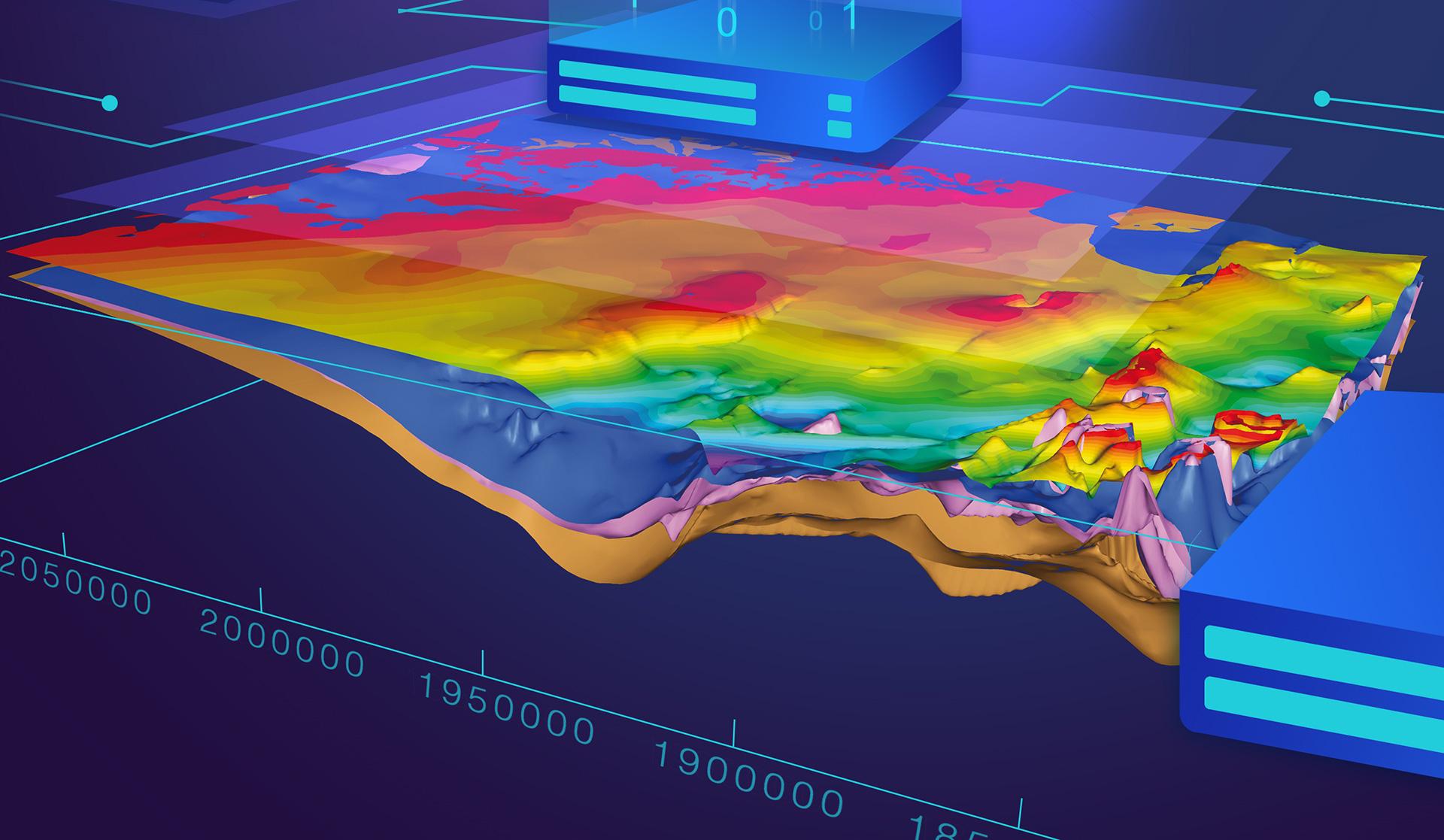
This Chair will contribute to our digital development strategy and particularly data management regarding the urban subsurface and its interfaces with buildings. This will accelerate the development of our cluster on digital twins and geo-environmental data in Orléans.
A chair with a brand-new format, for the sake of constructability
The purpose of the "Digital twins of construction and infrastructure in their environment" Chair is to uphold a holistic and shared vision of the subject – from knowledge to applications in practice – which fosters a shared industrial and scientific output.
Through this close partnership, it will be possible to fund innovation and research programs aimed at achieving a high international profile.
6 key research and study themes have been defined:
- organization of datasets used and sourced from the digital twin during the building’s life cycle;
- digital continuity applied to digital twins: interoperability of models and data;
- architecture of digital twins: link between the physical building and the DT;
- the digital twin as an enhanced decision support tool (Artificial Intelligence and simulation);
- contribution of digital twins to the energy and green transition;
- governance of digital twins: data protection and cybersecurity.

